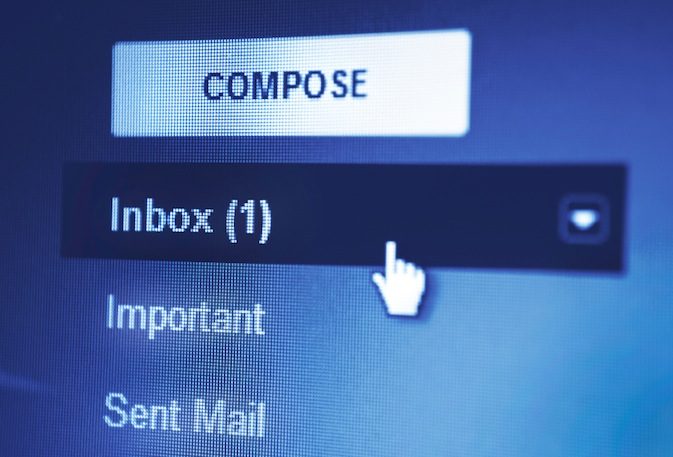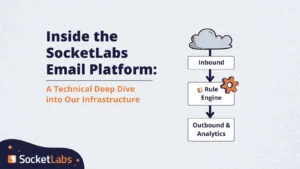
The SocketLabs On-Demand relay service is designed to get your messages into the recipient’s inbox. Our service allows you to skip the hardest parts of navigating the Path to the Inbox. There is one catch: you, the sender, have to provide engaging content. In today’s blog article we will talk a little bit about email marketing do’s and don’ts and the best practices of email marketing.
DO’S
1) Do a LOT of testing. Make sure your message doesn’t get deleted on the spot when it shows up garbled in the recipient’s inbox. For testing message rendering you can use an easy, awesome tool called Litmus. Also do A/B testing and see what content is most engaging to your list. This brings us to the next big DO…
2) Send message content that encourages users to view the images, click links, or reply to the message. Engagement metrics are used by major mailbox providers to determine inbox vs. spam folder placement. Calling users to action also provides results that can be tracked.
3) Design your message to be mobile friendly. Recent studies show that non-mobile friendly messages are more likely to get thrown in the trash can without being read. Mobile views of email have outpaced desktop viewed messages, so if you are not designing for mobile you are missing a significant portion of your recipients.
4) Keep emails short and to the point. The sheer volume of messages people receive is growing higher and higher. Don’t let your mile long newsletter get trashed because your recipient doesn’t have time to read a novel in their inbox.
5) Ensure your messages are CAN-SPAM compliant. There are only seven steps to meet the basic requirements of CAN-SPAM compliance. There are no valid excuses for messages not being compliant! Also, your recipients don’t need to be told that you are compliant; bragging about meeting the bare legal minimum will not make your messages automatically hit the inbox. It does, however, make your message look more like spam.
DON’TS
1) Don’t send one big image as your email message content. Having a high ratio of images to text not only triggers rules in anti-spam systems such as SpamAssasin and Barracuda, but most mail clients block images by default. You therefore need to be able to convey your message without any images. Sending one big image is also a common tactic of malicious spammers trying to hide the content of their messages.
2) Don’t create your message content in a word processing application such as Microsoft Word. It might be easy to create message content in Microsoft Word and copy and paste it into your email composer, but the resulting HTML is downright ugly. Ugly HTML will set off alarm bells in anti-spam systems and is also a common trait of the “Ignorant Spammer” – the person who doesn’t know enough about email and inadvertently becomes a sender of spam.
3) DON’T SEND SUBJECT LINES AND MESSAGE BODY IN ALL CAPITAL LETTERS. This comes across as shouting. Yelling at your recipients will not make them more likely to open your email, but it will make your message more likely to end up in the spam folder.
4) Don’t use similar text and background colors. The text content of your email is the only thing most recipients will see with so many clients blocking images, so make it easy to read the text! If you are trying to hide something it likely doesn’t belong in your email. Your unsubscribe link is the worst possible information to hide (unless you are trying to be malicious). Use this accessibility tool to see if your text colors and backgrounds pass standardized tests: [ http://webaim.org/resources/contrastchecker/ ]
5) Don’t link to any third party domains other than social media pages. We’ve addressed this issue with its own blog article in the past. We see third-party blacklisted domains ruin inbox placement rates for legitimate senders on a regular basis. More info: [ https://www.socketlabs.com/blog/dont-let-blacklisted-domains-affect-your-deliverability/ ]
6) Don’t try to use Java, Javascript, Frames, ActiveX, ASP, PHP, Cache Busters, or Dynamic HTML. It’s simply not going to work, which makes your message look malicious in nature.
There you have it! These simple email marketing do’s and don’ts will help you build email content that has a much better chance of engaging your customers and making it into the Inbox.







